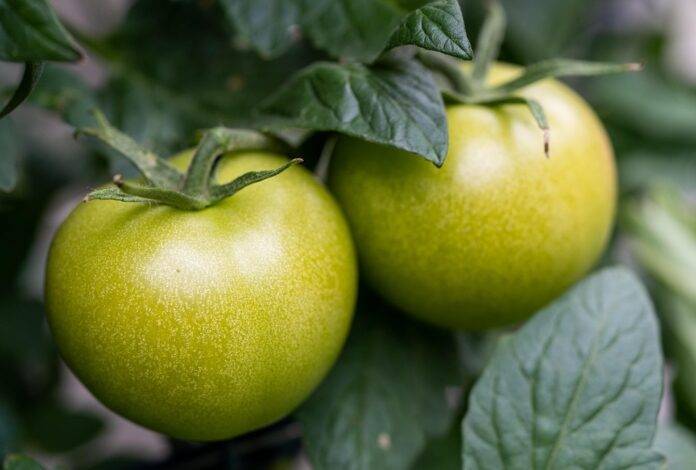Introduction
Tomatoes are one of the most widely consumed vegetables globally, with a significant impact on the agricultural industry. The production, trade, and consumption of tomatoes play a crucial role in the economy of many countries. In this industry report, we will delve into the various aspects of tomato production, trade, and consumption to provide a comprehensive 360° view of the market.
Global Tomato Production
Tomatoes are grown in various regions around the world, with China being the largest producer of tomatoes followed by India and the United States. According to the Food and Agriculture Organization (FAO), global tomato production reached over 182 million metric tons in 2020. The top tomato-producing countries account for a significant portion of this total production.
In terms of cultivation practices, tomatoes are grown both in open fields and greenhouses. Greenhouse cultivation allows for year-round production and better control over environmental factors such as temperature and humidity. This method has gained popularity in regions with adverse weather conditions or limited arable land.
Trade Dynamics
The global tomato trade is characterized by both fresh and processed tomato products. Major exporting countries include Mexico, Spain, and the Netherlands, while top importing countries consist of the United States, Germany, and France. The trade in tomatoes is influenced by factors such as seasonality, quality standards, and transportation costs.
Processed tomato products such as tomato paste, puree, and canned tomatoes are essential commodities in international trade. These products have a longer shelf life compared to fresh tomatoes and are used in various food applications such as sauces, soups, and ketchup. Italy is renowned for its high-quality processed tomato products, particularly tomato paste and canned tomatoes.
Consumption Trends
Tomatoes are a staple ingredient in cuisines worldwide due to their versatility and nutritional value. They are rich in vitamins A and C, as well as antioxidants like lycopene. The increasing awareness of health benefits associated with tomato consumption has driven demand for fresh and processed tomato products.
In developed countries, consumers prefer convenient and ready-to-eat tomato products such as salsa, pasta sauce, and diced tomatoes. On the other hand, developing countries rely more on fresh tomatoes for daily consumption or local processing into sauces and condiments. The rise of fast-food chains and foodservice outlets has also boosted the demand for processed tomato products in both developed and developing markets.
Pricing Trends
The pricing of tomatoes is influenced by various factors including production costs, supply-demand dynamics, weather conditions, and trade policies. Fluctuations in tomato prices can occur seasonally due to changes in harvest volumes or quality issues such as pests or diseases. In recent years, climate change has also impacted tomato production by causing irregular weather patterns that affect crop yields.
Processed tomato products tend to have more stable pricing compared to fresh tomatoes due to their longer shelf life and value-added processing. However, fluctuations in raw material costs can still impact the pricing of processed tomato products. Price competitiveness is crucial for exporters of processed tomato products to maintain market share in competitive markets.
Industry Insights
The tomato industry faces challenges such as labor shortages, water scarcity, pest management, and food safety regulations. Sustainable farming practices such as drip irrigation, integrated pest management (IPM), and organic farming are being adopted to address these challenges. Technology innovations like precision agriculture and automation have also improved efficiency in tomato production.
The COVID-19 pandemic had mixed effects on the tomato industry. While disruptions in supply chains and labor shortages posed challenges for farmers and processors, increased consumer demand for shelf-stable foods like canned tomatoes boosted sales of processed tomato products. The pandemic highlighted the importance of resilient supply chains and food security in the tomato industry.
Conclusion
In conclusion, the tomato production trade and consumption industry is a dynamic sector with significant economic importance globally. The market for tomatoes continues to evolve with changing consumer preferences, technological advancements, and sustainability initiatives. Understanding the key trends and challenges in this industry is essential for stakeholders to make informed decisions and drive growth in the tomato market.



